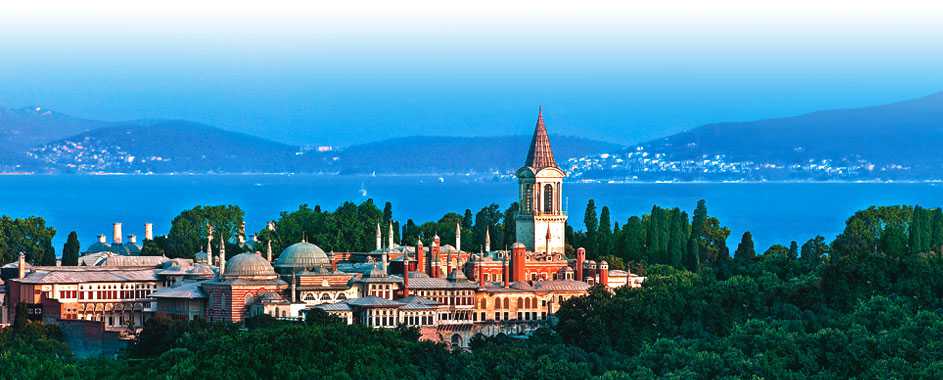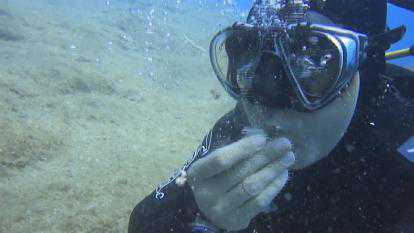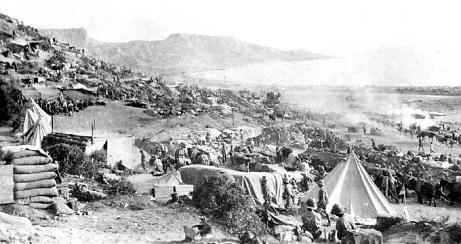There’s no better place for Americans to visit an Islamic country than Turkey. Several years ago, my wife, Sandra Wells, and I met Bora Ozkok, a dynamo whose zest for his native country and three decades of experience have made his Cultural Folk Tours www.boraozkok.com America’s leading specialist in Turkey. He led us on his “Best of Turkey” tour.

Turkey has more historic sites than the rest of Europe combined. There are more places mentioned in the Bible than any other country except Israel. Turkey has some of the world’s most renowned cuisine. It’s a shopaholic’s paradise because prices are low for even handmade merchandise and Turks expect you to bargain. What follows are some highlights of our experience.
We joined our fellow travelers for the welcome dinner in the capital of Ankara in the center of the country. The next day we went to the Museum of Anatolian Civilizations, which has won a European Museum of the Year Award, with its well-organized, priceless treasures, and informative displays. They included the oldest-known statue from the world’s first city 9000 years ago at Catalhoyuk, the world’s first peace treaty (made between Rameses II and the Hittite nation), and inlaid tables from Gordion (the city King Midas was said to have ruled, also famous for the Gordian Knot, which Alexander the Great cut). Afterwards, we went through the Ataturk Memorial and Museum of Independence, which was surprisingly fascinating displays about how Mustafa Kemal Ataturk saved his country from the ashes of the Ottoman Empire after World War I (he was the commander who repulsed the eight-month Allied siege at Gallipoli and then he drove the Greeks out after the post-war occupation).
That night we entered Cappadocia, hills of soft rock that have been carved first by nature into fantastic shapes and then by man into ancient underground cities that were dug as deep as eight storeys. We stayed in the charming, 5-star Cave Suites and spent the next two days discovering remarkably-preserved, 1000-year-old Byzantine church frescoes. We also toured a government-supported center that keeps alive the vanishing art of hand-weaving the famous Turkish carpets and saw astonishing artistry for a fraction of the price one would pay in the U.S. One of the highlights of Cappadocia was seeing the Whirling Dervishes, Sufi mystics whose dance and music are mesmerizing.
The Turkish Riviera along the Mediterranean has year-round bustling tourism for its beaches, skiing in nearby mountains, innumerable shops and restaurants open late, and many historic sites. Moving up westwards along the Aegean, we saw the unique calcium deposits from hot mineralized water at Pamukkale, which make it look like a frozen Niagara Falls.
At Sardis, where rich King Croesus ruled, we saw the oldest surviving synagogue (and Sardis is one of the seven churches mentioned in the Book of Revelation). At Ephesus we saw the stone house where tradition says Mary spent her last days. Ephesus’ marble Temple of Artemis was one of the Seven Wonders of the World and St. Paul spent two years preaching in the city before being driven out by the silversmiths, whose idol sales were being affected.
One of the highlights of the trip was seeing the remains of Troy. There were nine cities built on top of one another and the one Turkish archaeologists have identified as the object of the Trojan War is VI, from the 13th century B.C. It had a population of 400,000 and 60-foot-high walls, according to Homer (the ruins are still impressive at 20 feet).
We experienced classic Islamic culture when we arrived in Bursa, the lovely, tree-filled original capital of the Ottomans, where we toured a dazzling mosque of white marble and elaborate tombs. Afterwards, we shopped at the famous Silk Bazaar before retiring to our hotel to experience a very relaxing traditional Turkish Bath and massage.
If you ask almost anyone who has ever been to Istanbul, it ranks as one of the world’s great cities. The dynamic metropolis of 13 million has stunning architecture (remarkably free of urban ugliness) and a hot nightlife. The city was founded in the 7th century B.C., renamed Constantinople in A.D. 330 when it became the capital of the Eastern Roman (later Byzantine) Empire, then was conquered by the Ottomans in 1453.
Over the next few days, we toured the Topkapi Palace of the sultans, with its incredible treasures, the Versailles-like Dolmabache Palace that succeeded it (with a staircase of crystal), St. Sophia (beautiful mosaics in the most important church in Christendom for 1000 years, before St. Peter’s Basilica was built), the massive Blue Mosque (famous for its stained glass and tiles), and the Istanbul Museum (with some of best ancient Greek statuary extant anywhere).
We’d rate Turkey as one of our favorite destinations and as word spreads, more Americans will be eager to experience it.
Scott S. Smith
Freelance travel writer






